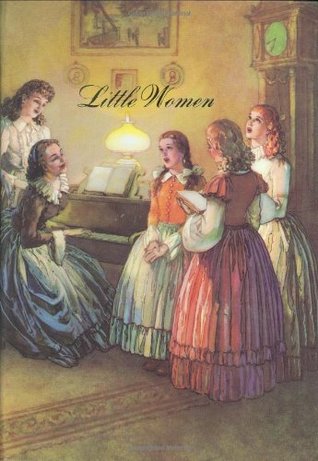In the rush to harvest body parts, death investigations have been upended
Maybe I just read too many crime novels and watch too many cop shows. Or maybe I’m just gruesome by nature. Yet I often think of exactly this problem when I’m reading a novel or watching a show. A medical examiner needs time to conduct a full investigation (autopsy and lab tests) to determine manner of death (natural causes, accident, suicide, homicide), yet time is of the essence if the dead person is an organ, bone, and/or tissue donor. So who takes precedence, the medical examiner or the transplant team?
This article from the Los Angeles Times also has a local angle for me. If you click through to the article, you’ll see that the photo of a corpse at the top is from the Pierce County medical examiner’s office in Tacoma, Washington—my home town. The reason for this is probably that Melissa Baker, a former investigator in the Pierce County medical examiner’s office, filed a whistleblower complaint in 2015. She is quoted in this article:
“One of my biggest concerns … was the mere fact that someone could potentially get away with murder because evidence has been bungled, lost or not collected,” she said.
While most of this article focuses on Los Angeles County and California law, many of the issues it brings up are informative for anyone interested in what happens after someone dies. I found the graphic labeled “How much is a body worth?” particularly eye-opening.
ADAPTING ADULT BOOKS FOR YOUNG READERS
Adapting books for young readers can mean a variety of different things. It can mean adding pictures, changing slurs to slightly less harsh words, or cutting out passages that may seem a little boring to young readers. There are many great books adapted for young readers that come out of this process, and it is a helpful way to introduce kids to new historical and contemporary figures that don’t have as many books for all reading levels as, for example, Abraham Lincoln.
Here’s an interesting article about adapting nonfiction texts for younger (say middle-grade) readers. Such adaptations can contribute to providing children with diverse life stories and new paths of encouragement—for example, Life in Motion, the memoir of pioneering dancer Misty Copeland. “Being able to choose a book with a picture or drawing on the front that looks like yourself is still a privilege, and should not be taken for granted.”
American Gothic: The Woman Who Escaped the Asylum
This excerpt from Nightmare Factories: The Asylum in the American Imagination by Troy Rondinone focuses on two images of Woman that pervaded the 19th century: the woman in white, the angel of the house; and the woman in black, representing woman’s roles as caretaker and moral guardian of society. “Both images are archetypes, two sides of a rubric of femininity that simultaneously empowered and smothered the 19th-century female.”
In “a culture that demanded that women know and accept their place . . . the asylum became a tool of discipline in the gothic world of sentimental fiction.”
What Greta Gerwig Saw in ‘Little Women’: ‘Those Are My Girls’

Greta Gerwig’s film adaptation of Louisa May Alcott’s Little Women will debut on Christmas Day 2019. In this article Amanda Hess writes that Gerwig’s treatment is “less an update than it is an excavation” of a novel that portrays the March sisters as “posed unnaturally in the conventional narratives of their time.”
‘A Walk in the Woods’ vs. A Walk in the Woods: On Reading as a Substitute for Experience
Jacob Lambert learns a lesson:
Reading is an incredible thing, but it’s a poor substitute for life. I’m amazed, and embarrassed, that I’ve had to learn such an obvious lesson. Yes, adulthood is tiring, children will suck you dry, and it’s easy to stay inside. But I remember now: though I packed The Grapes of Wrath on that long-ago, six-week drive, I read almost none of it. And I didn’t miss it at all.
© 2019 by Mary Daniels Brown

